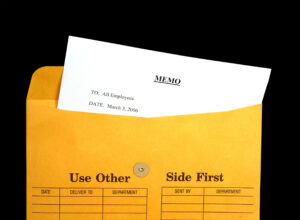What Genre is Your Business Blog?

- the benefits of your products and services
- the history of your business and your own journey
- successful case studies and testimonials
- news of importance to your customers
- your perspective on trends in your industry


No doubt about it – in blogging for business, grammar affects the effect!



Memos are usually written for one of the following reasons, explains Tony Rossiter, author of Effective Business Writing in Easy Steps:
Interesting – I couldn’t help reflecting: the key characteristics of a good memo which Rossiter lists are remarkably similar to the key characteristics of good blog posts:
To be effective, both blog posts and memos must clarify the issue (explain the need for action), provide “arguments” in favor of taking that action, based on essential facts surrounding the issue or topic.
You might like to do several things in your memo, Rossiter suggests (every one of these, our Say It For You content writers know, can apply to effective blog posts):
In the case of a marketing blog post, that next step might be signing up for a newsletter, subscribing to the blog, downloading a paper, or clicking on a link to a landing page showing various product or service options.
A printed or emailed memo typically begins with a “to” (“to: managing director”, “to: all technical staff”, “to: all regional managers”… While a blog post relies on incoming online traffic, it’s crucial for the content writers to direct their message to a specific target audience.
When composing a blog post, it helps to remember the memo “meme”!
Get in touch:
rhoda@sayitforyou.net
317-250-3569

Follow us online!